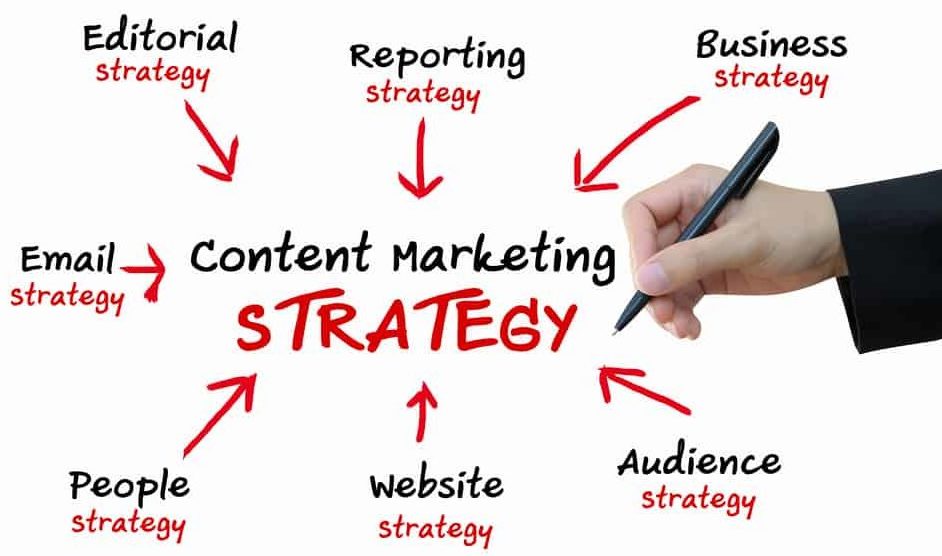Producing high quality content is a vital part of every company’s content marketing efforts. Whether you’re looking to launch a new business or aiming to expand your audience reach for an established brand, you have to come up with a plan that utilizes the power of quality content.
As it turns out, the saying “Content is king” still vastly applies today. To stay competitive in the field, you must strive to produce engaging articles, blog posts, newsletters, social media posts and the like on a consistent basis.
However, content creation is not an easy process. There are several factors to consider, including the type of content to publish, the article length, the target readers’ needs, SEO and more.
In this article, we’ll focus on one vital and somewhat controversial factor in producing content, i.e., the length of content.
We say controversial as many digital marketers are still uncertain which of the two is better for a content strategy: short-form or long-form content. While both have their advantages, there’s still an ongoing debate on which option impacts search engine rankings and customer engagement more.
Using Short-Form Content For Your Content Marketing Plan

How short the content should be to be considered short form? There are no specific rules when it comes to word count, but to many content marketers, it can be anywhere from 50 words to around 1000 words.
Short-form content is highly beneficial when you’re trying to reach a wider audience via social shares while constantly engaging your existing customers. Short social media posts, email copy and blog posts are easier to produce, making it possible for you to share fresh content on a consistent basis.
Furthermore, social networks like Twitter have character limits. This means you only have limited room to share something useful to your customers, boost your brand, or make a statement. Sticking to short-form writing is therefore a practical choice.
Finally, short content is more appealing to mobile users. This is worth noting especially now that mobile data traffic has steadily increased in recent years. More and more people nowadays are on their mobile devices reading news and checking out brands, products or services.
So aside from prioritizing responsive web design, you need to ensure that your content is mobile-friendly. Readability goes a long way in keeping your customers happy and engaged. Making huge blocks of text and seemingly endless content will reduce the likelihood of them staying on your site.
In this case, creating short content is ideal as it’s a lot easier to optimize for mobile. It also helps to incorporate other elements of effective content like images or videos to make your post more engaging and share-worthy.
Boost Your Content Marketing Efforts with Long-Form Content
For the reasons above, it’s easy to understand why some content marketers advocate the use of short-form content. As they say, “Less is more.”
However, long-form content has its own strengths. In some cases, choosing this content strategy over the other can even yield better results over the long term.
Among the downsides of short-form content include lack of depth and less opportunity to optimize it for search engines. There’s just so much you can do with a 1000-word article or Facebook post. You’ll normally be held back by word count and character count restrictions.
On the other hand, longer content pieces like e-books, newsletters, and how-to guides give you more room to explore your chosen topics. You can provide a more detailed analysis of your subject or further explain how your product or service can meet your customer’s needs.
You can also back up your insights with relevant statistics and case studies. This lends credibility to your content and helps build up your brand authority.
Thus, creating long-form content that is informative, well-researched and high quality is a great strategy for your branding while giving value to your customers. As Google aims to give searchers the best possible answers to their queries, a well-written, meaty and in-depth article will more likely win its favor than a shorter, uninteresting one.
Long-form writing is also a valuable strategy from an SEO standpoint. Writing 2000 words and more allows you to integrate lots of relevant keywords that will aid your SEO efforts.
Several studies and surveys among blogging experts have also shown that longer content tends to perform better than shorter posts. Highly informative, evergreen long-form pieces are believed to generate more backlinks, enjoy more social shares, and rank better than their shorter counterparts.
What to Consider When Deciding on Your Article Length
Again, both short-form and long-form content are integral to a successful content marketing strategy. One is not necessarily superior to another, and both have their drawbacks. Also, what works for one brand won’t always work for another. Therefore, choosing which route to go depends on a lot of factors, such as the following:

2. What are your products and/or services? Your marketing approach will differ based on the complexity of what you’re offering. For instance, you don’t need to invest lots of time creating an e-book for a common and less expensive product. Simple product descriptions will do. Conversely, you need more informative, lengthy content for technical products and those requiring savvier buying decisions.
3. Determine the platforms for your content. As mentioned previously, short content works well on social networks. On the other hand, detailed tutorials and reports are best shared via email marketing or e-books.
4. Identify your business goals. It all boils down to the purpose of your content with regard to your business objectives. If you want to establish brand authority, sticking only to short-form copy is not the way to go. You need to invest time and resources on creating compelling content for your website to improve your brand’s trustworthiness level.
At the same time, it’s not realistic to focus all your content creation efforts on long-form content pieces alone. It’s also important to find ways to post relevant, short content more frequently to keep your customers engaged. Knowing how to utilize varied content pieces based on your brand’s current needs will spell the difference between an effective and a not-so-effective content marketing strategy.
Need help with content creation or your content marketing campaigns? Feel free to reach out and ask for a no-obligation consultation with us!

